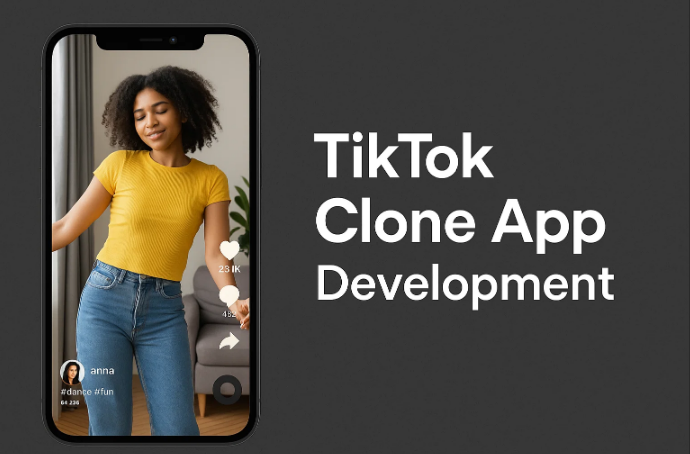The introduction of artificial intelligence (AI) into the workplace is fundamentally reshaping the way businesses operate and redefining the concept of the workforce. The term “AI workforce” embodies the collaboration between human employees and AI technologies, creating a synergy that enhances productivity and drives innovation across various sectors. As organizations adopt AI solutions, understanding this evolving dynamic is essential for preparing for the future of work.
Defining the AI Workforce
The AI workforce refers to the integration of AI tools and systems that assist, augment, and collaborate with human workers. Rather than simply replacing traditional jobs, AI technologies are designed to work alongside humans, handling repetitive tasks and processing vast amounts of data. This collaboration enables employees to focus on higher-level thinking, creativity, and problem-solving—skills that AI cannot replicate.
In fields such as healthcare, finance, retail, and manufacturing, the impact of the AI workforce is already being felt. For example, AI-driven algorithms can analyze medical images with remarkable accuracy, supporting healthcare professionals in diagnosing conditions more effectively. In finance, AI systems can analyze market trends and customer behavior, providing valuable insights for investment decisions. This transformative effect is not only improving efficiency but also enhancing the quality of services offered to consumers. For more Info click here
Advantages of Integrating an AI Workforce
- Enhanced Productivity: AI can process and analyze data at speeds unattainable by human workers, leading to improved efficiency in operations. By automating mundane tasks, organizations can reallocate human resources to more strategic initiatives, resulting in a more productive workforce.
- Improved Accuracy: AI systems are less prone to errors compared to their human counterparts. In industries such as manufacturing and logistics, AI can optimize processes and reduce mistakes, leading to cost savings and higher-quality outputs.
- Data-Driven Insights: The ability of AI to analyze large datasets provides organizations with insights that inform decision-making. This data-driven approach allows companies to adapt quickly to market changes and customer preferences, enhancing their competitive edge.
- Job Transformation: While there are concerns about job displacement, the AI workforce also creates new roles that require human oversight and creativity. Positions in AI ethics, data management, and AI system maintenance will emerge, necessitating a workforce skilled in these areas.
Addressing Challenges
Despite the numerous benefits of the AI workforce, several challenges must be addressed to ensure a smooth transition. A primary concern is the potential for job loss in sectors heavily reliant on routine tasks. As AI technologies continue to advance, organizations must be proactive in addressing these issues.
One effective strategy is to focus on reskilling and upskilling the current workforce. As AI takes over certain tasks, workers can be trained to handle more complex responsibilities. Educational institutions and employers must collaborate to create training programs that equip individuals with the skills needed for a future shaped by AI.
Another significant challenge is the ethical implications of AI deployment. Issues of bias, transparency, and accountability are paramount as AI systems increasingly make decisions that affect people’s lives. Establishing clear guidelines and ethical standards for AI use is essential to ensure that these technologies are deployed fairly and responsibly.
Preparing for an AI-Driven Future
To fully leverage the potential of the AI workforce, organizations and individuals must adopt proactive strategies:
- Invest in Employee Development: Organizations should prioritize training initiatives that enable employees to work effectively with AI technologies. This includes both technical training in AI and data analysis, as well as soft skills like critical thinking and adaptability.
- Foster a Culture of Collaboration: Encouraging a culture that embraces innovation and collaboration between humans and AI can drive organizational success. Companies that prioritize teamwork between their human and AI workforce are more likely to thrive in the new landscape.
- Collaborate with Educational Institutions: Partnerships between businesses and educational entities can bridge the skills gap. By aligning curricula with industry needs, future workers can be better prepared for the roles that will emerge as AI technologies evolve.
- Promote Ethical AI Practices: Organizations must commit to ethical AI practices, ensuring transparency and accountability in AI decision-making processes. Developing a framework for responsible AI use can build trust with consumers and stakeholders.
The Future of Work
The integration of the AI workforce signifies a monumental shift in how we approach employment. As AI technologies continue to evolve, the need for a workforce that can adapt to these changes becomes increasingly critical. Embracing the AI workforce means recognizing the potential for enhanced collaboration and innovation that benefits both businesses and employees.
Moreover, understanding the importance of continuous learning and adaptability will be key to thriving in this new environment. As AI systems evolve, so too will the skills needed to work alongside them. Lifelong learning and professional development will become central to individual and organizational success.
Conclusion
The rise of the AI workforce presents an exciting opportunity to redefine the future of work. By embracing the partnership between human workers and AI technologies, businesses can enhance productivity, improve accuracy, and create a more dynamic work environment. However, to maximize these benefits, it is essential to address the challenges head-on through reskilling, ethical practices, and collaborative efforts. As we move forward, preparing for the AI workforce will be crucial for ensuring a thriving, equitable, and innovative employment landscape.













Leave a Reply